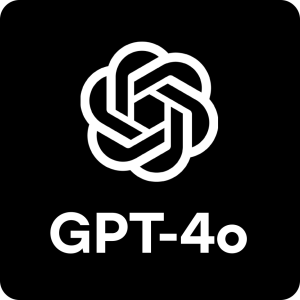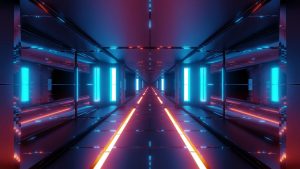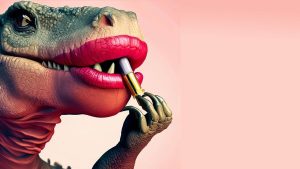With the rise of AI-generated artwork, many wonder, can you copy and draw an AI image from an existing design? AI-generated images are widely used in digital art, marketing, and media, but questions remain about their ownership and whether artists can legally or ethically recreate them. This article explores the rules around redrawing AI-generated content, the potential copyright concerns, and best practices for using AI images as inspiration.
Understanding AI-Generated Images
What Are AI-Generated Images?
AI-generated images are digital artworks created using artificial intelligence models that analyze and generate visuals based on text prompts. Tools like Dall-E Generate allow users to produce unique images in seconds without any artistic skills. These images are often used in:
- Graphic design and marketing
- Concept art and illustrations
- YouTube thumbnails and social media content
Despite their convenience, many people question whether AI-generated images are original artworks and whether they can be freely redrawn or copied.
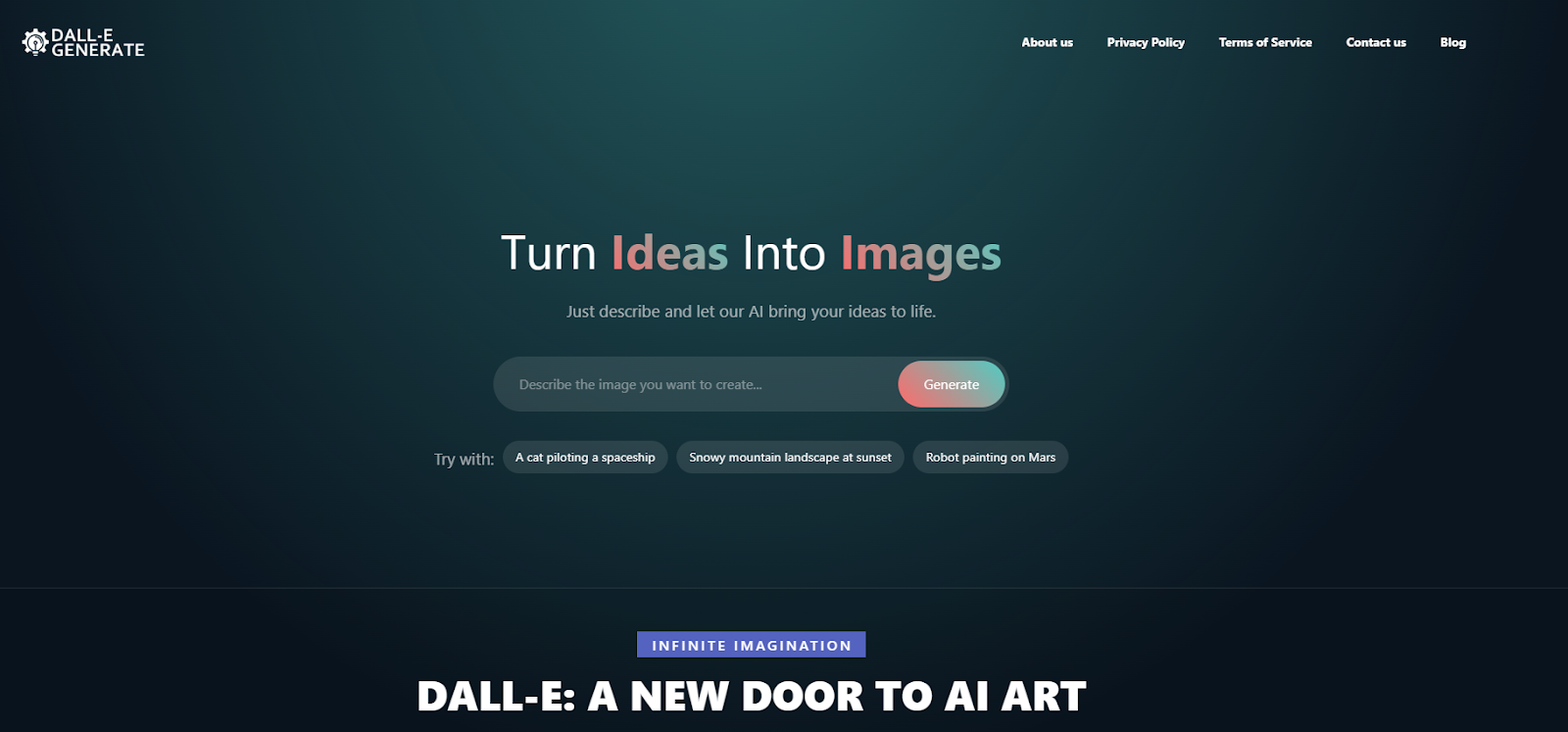
How AI Creates Images
AI image generators work by training on large datasets of existing art, photos, and illustrations. The AI does not “copy” any specific artwork but rather learns patterns and styles to create something new. However, because AI tools analyze existing works, the results may sometimes resemble copyrighted images.
Can You Legally Copy and Draw an AI Image?
Copyright and AI-Generated Art
The biggest question around AI-generated images is ownership. If an AI creates an image, who owns the rights to it? Currently, copyright laws vary depending on the country:
- In the U.S. and most Western countries, AI-generated images without significant human input are not copyrightable.
- In some regions, the creator of the AI prompt may claim ownership.
- AI platforms like Dall-E Generate often provide licenses for using the images commercially.
This means that while AI-generated images may not be protected under copyright law, redrawing or copying them could still raise legal and ethical concerns.
Related articles:
- Adding New Details To Images With Ai Adobe
- Adding New Details To Images With Ai
- Add A Lions Mane To An Image Using Ai
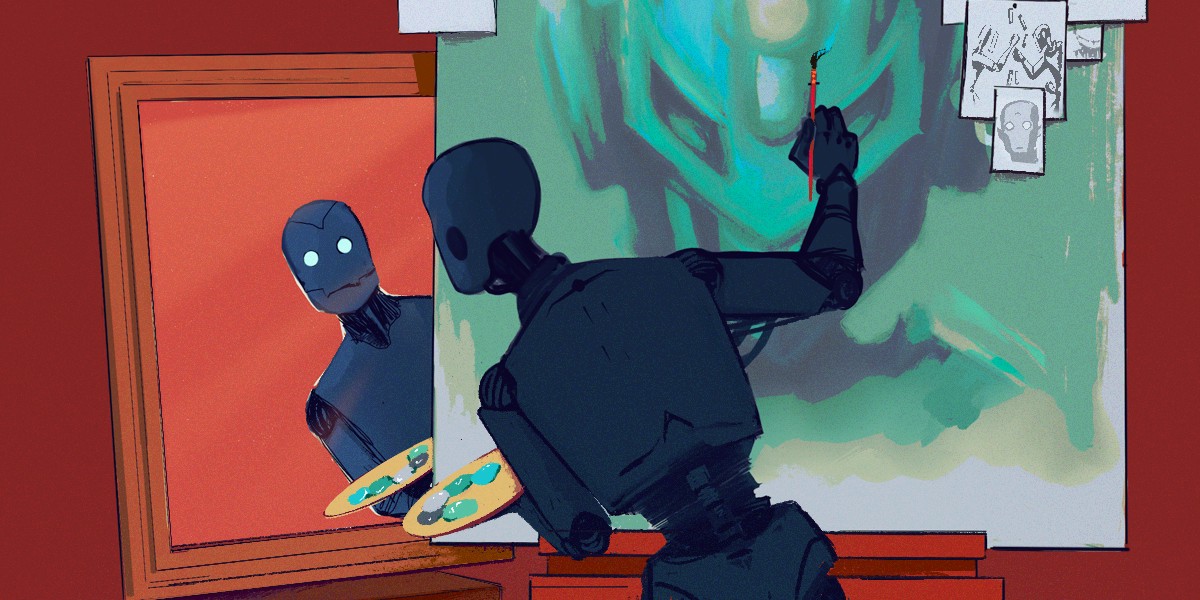
Is It Legal to Redraw AI Images?
Since AI-generated images are not always copyrighted, artists may be legally allowed to redraw, modify, or use them as inspiration. However, there are a few things to consider:
- Check the AI tool’s terms of use – Some AI platforms restrict modifications or reselling of AI-generated images.
- Avoid direct replication – If the AI-generated image resembles an existing copyrighted work, copying it may lead to legal issues.
- Transform the image – Making significant modifications to an AI image makes it more original and less likely to cause copyright disputes.
Ethical Considerations of Redrawing AI Images
AI and Artistic Integrity
While AI-generated images are widely used, many artists believe that copying AI-generated content devalues traditional artistic skills. Some ethical concerns include:
- Lack of human creativity – AI creates images based on existing styles, reducing originality.
- Unfair competition – AI-generated art can replace human artists in commercial settings.
- Blurred ownership rights – Without clear copyright laws, AI art raises concerns about artistic integrity.
Because of these concerns, many artists prefer to use AI images as inspiration rather than directly copying them.

When Is It Ethical to Redraw AI Images?
While redrawing AI images is not always illegal, it is important to follow ethical guidelines:
- Give credit to the AI tool when appropriate.
- Use AI images as references rather than tracing them.
- Modify and transform AI art to add originality.
- Respect artists’ rights if AI-generated images resemble their work.
How to Use AI Images for Drawing Inspiration
Using AI Images for Artistic References
AI-generated images can be a great starting point for artists, helping with:
- Character design and concept art
- Color palettes and composition ideas
- Experimenting with different styles
Artists can take inspiration from AI images and reinterpret them in their own style, rather than simply copying them.

Modifying AI Images for Originality
If you want to use AI-generated images while ensuring originality, here are some best practices:
- Change the composition – Adjust the layout, perspective, or subject.
- Alter colors and details – Modify elements to make the work unique.
- Combine multiple AI images – Blend different AI-generated elements for a new creation.
These methods help maintain artistic integrity while benefiting from AI-generated references.
You may also like:
- Ai-Generated Images Of Yourself Free
- Ai Tools For Image Compression Free
- Ai Image Generator Score Up Meaning
Potential Risks of Copying AI Images
Legal Risks
While AI-generated images may not always be copyrighted, there are still risks:
- Copyright claims – If an AI image closely resembles an existing copyrighted work, copying it could result in legal action.
- Platform restrictions – Some AI tools restrict commercial use of AI images.
- Ethical concerns – Using AI images without modification may be considered plagiarism in artistic communities.

YouTube and Social Media Policies
Platforms like YouTube and Instagram are increasingly monitoring AI-generated content. If you use AI images in Create Images With Ai, videos, thumbnails, or social media posts, ensure that they comply with platform policies to avoid demonetization or removal.
Best Practices for Using AI Images Responsibly
Choose AI Tools with Clear Licensing
To avoid copyright issues, use AI tools like Dall-E Generate, which provides clear commercial use licenses for AI-generated images.
Other recommended reads:
- Can We Use Ai Generated Images In Youtube
- Can I Use Ai Images For Commercial Use
- Can Gemini Ai Generate Images
- Can I Use Ai Generated Images On My Website
Modify AI-Generated Images Before Use
If you want to use AI-generated content, always modify it to add originality. This can include:
- Recoloring or reshaping elements
- Adding personal artistic touches
- Combining multiple AI images into one
Credit AI-Generated Content When Necessary
Even if AI images are not protected by copyright, it is good practice to credit the AI tool that created them, especially in commercial projects.
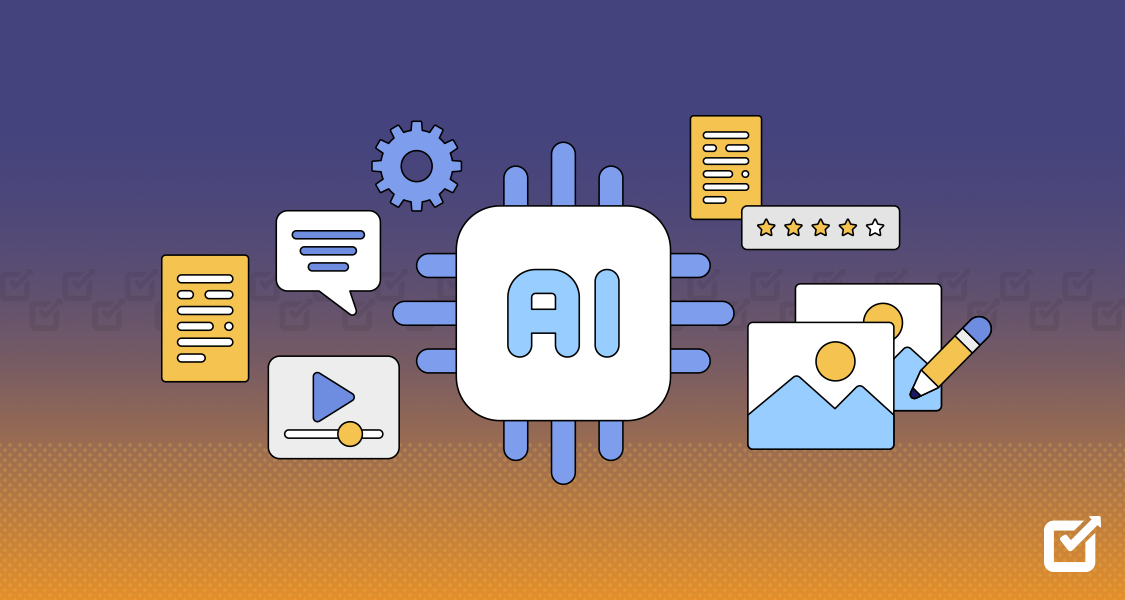
Keep Up with AI Copyright Laws
As AI-generated art becomes more common, copyright laws are evolving. Stay informed about new policies and regulations to avoid legal issues.
The Future of AI-Generated Images in Art
AI and Human Collaboration
The future of AI art is likely to involve collaboration between AI and human artists. Many professionals already use AI tools to:
- Speed up concept design
- Experiment with new artistic styles
- Generate ideas for creative projects
Rather than replacing human artists, AI can serve as a creative assistant, helping artists explore new possibilities.
AI Regulations and Copyright Updates
Governments and legal systems are working to define AI ownership rights. In the future, we may see:
- Stronger copyright protections for AI-generated images
- AI content disclosure requirements on digital platforms
- New licensing models for AI-generated art
Understanding these developments will help artists and content creators use AI images responsibly.
Conclusion
So, can you copy and draw an AI image from an existing design? While AI-generated images are not always protected by copyright, directly copying them raises legal and ethical concerns. Artists and content creators should:
- Use AI-generated images as inspiration rather than copying them exactly.
- Modify and transform AI visuals to create unique artwork.
- Respect copyright laws and AI tool usage policies.
- Stay informed about evolving AI copyright regulations.
By following best practices, artists can ethically incorporate Ai Image Generator Dall-E into their work while maintaining originality and integrity.

